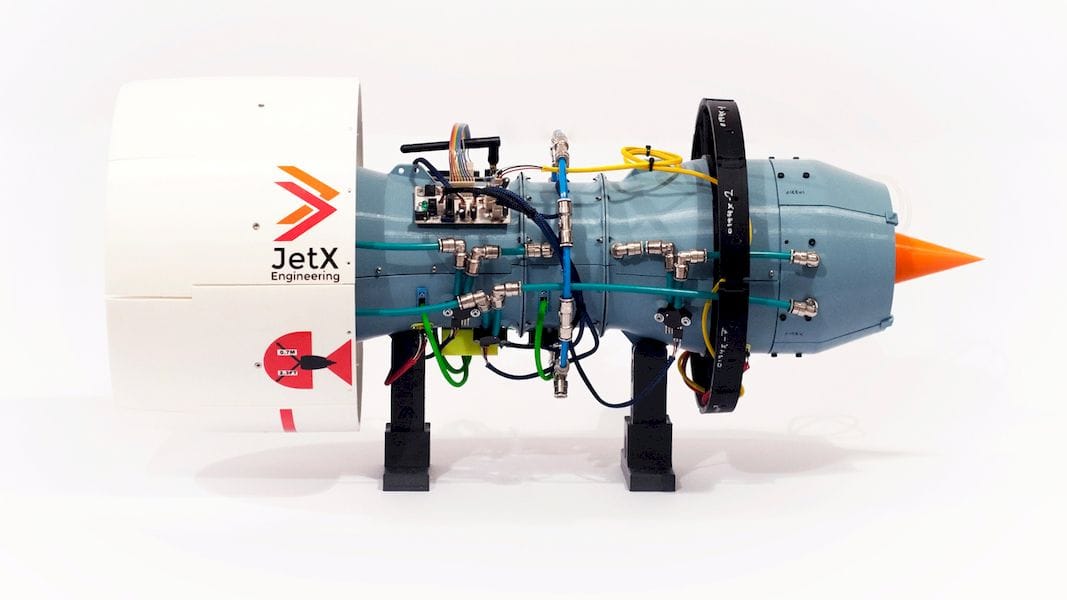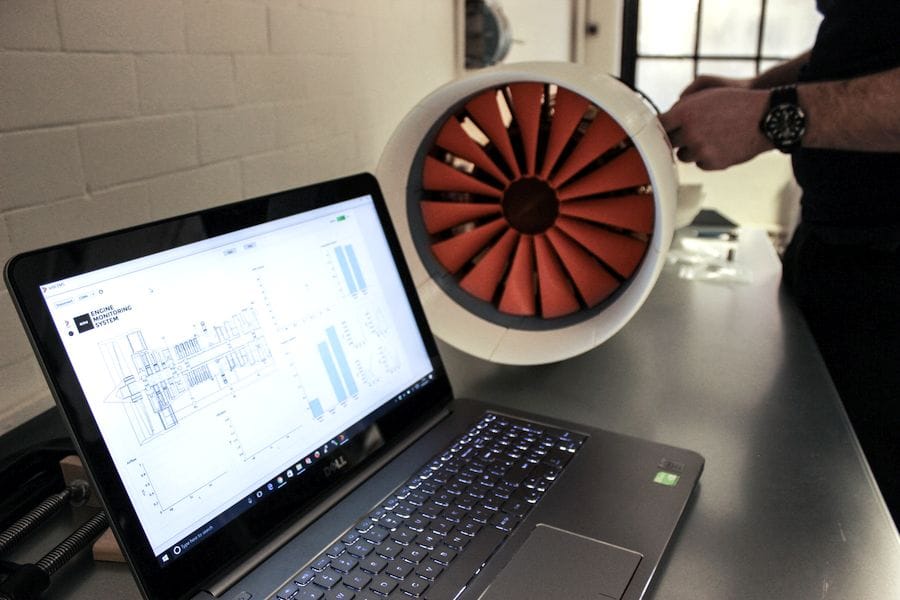
Count this one under one of the coolest engineering class projects, ever.
JetX, an aerospace student team founded by University of Glasgow President Chris Triantafyllou, is currently working with Rolls Royce (yes, THAT Rolls Royce) to make the world’s first COMPLETE 3D printed scale jet engine model.
Aptly named the X-Plorer 1, the engine measures in at 75cm long with a diameter of 27cm, and weighs a total of 8.1kg. Over 50 student engineers are working to make over 965 printed parts, 300 fasteners, and ten integrated sensors that make up the final and functional assembly.
Taking into consideration the different loading conditions and forces exerted on the engine, CFD analyses are conducted using tools like SOLIDWORKS Flow Simulation, ANSYS Fluent, and Siemens PLM Star CCM+. Additionally, the JetX team conducts finite element analyses to check if the printed engine will function properly under different loading conditions.

Once the initial tests are complete, the parts are crafted via a DreamMaker OverLord Pro, Delta FDM 3D printer, using different 3D printing materials including PLA, ABS, PETG, and Nylon. The smallest part of the X-Plorer 1 takes about seven minutes to print, while the main engine casing takes a whopping 58 hours to complete.
As to be expected, 3D printing the one-off engine parts is a heck of a lot cheaper, faster, and allows the JetX team to easily change parts in case better optimization opportunities present themselves.
Read the rest at SolidSmack.com

